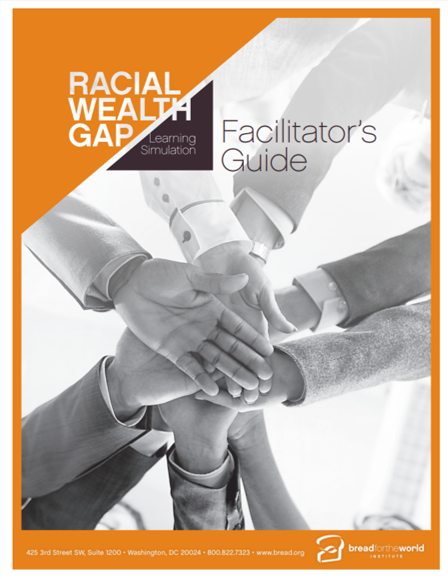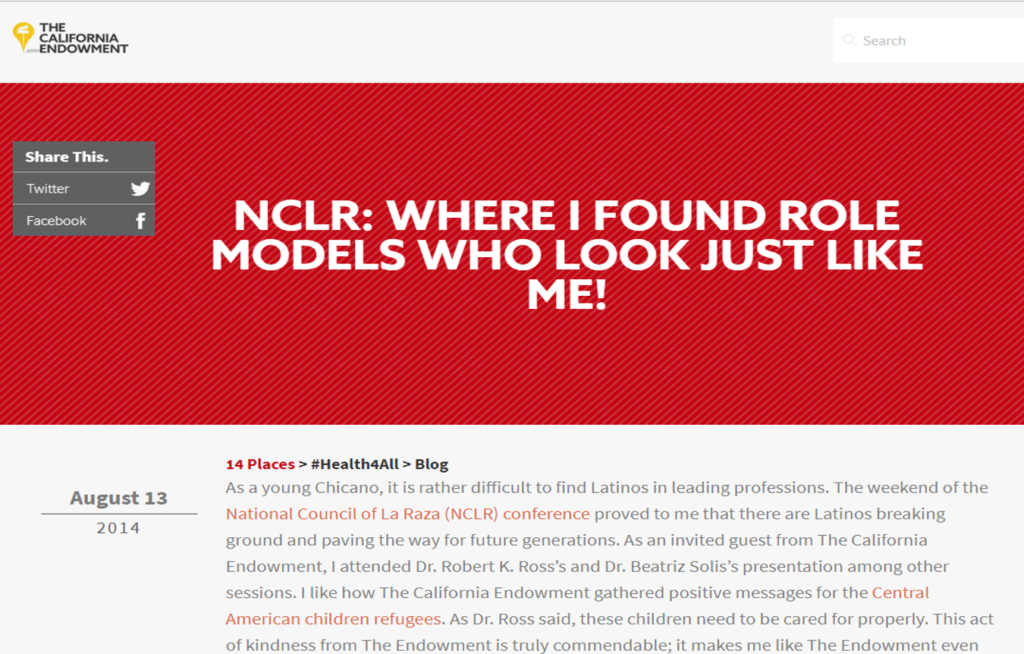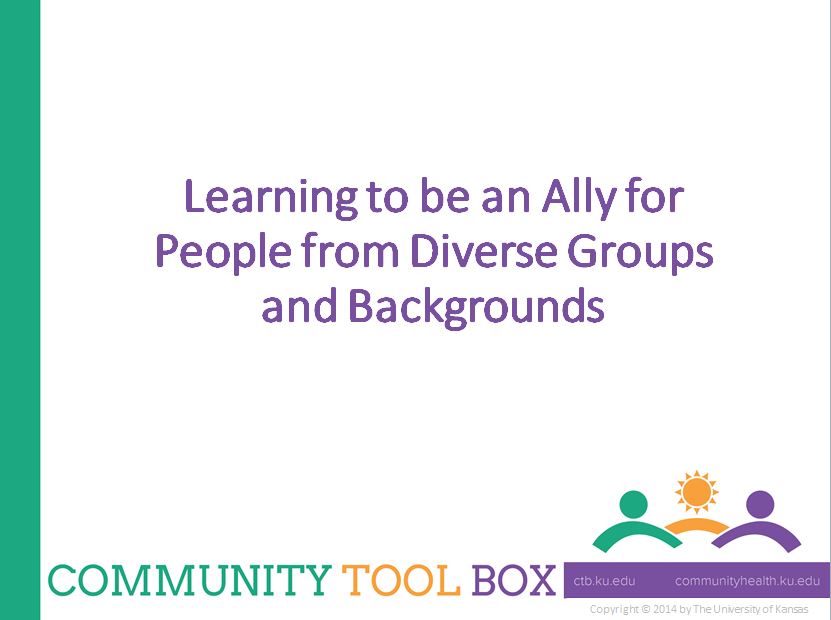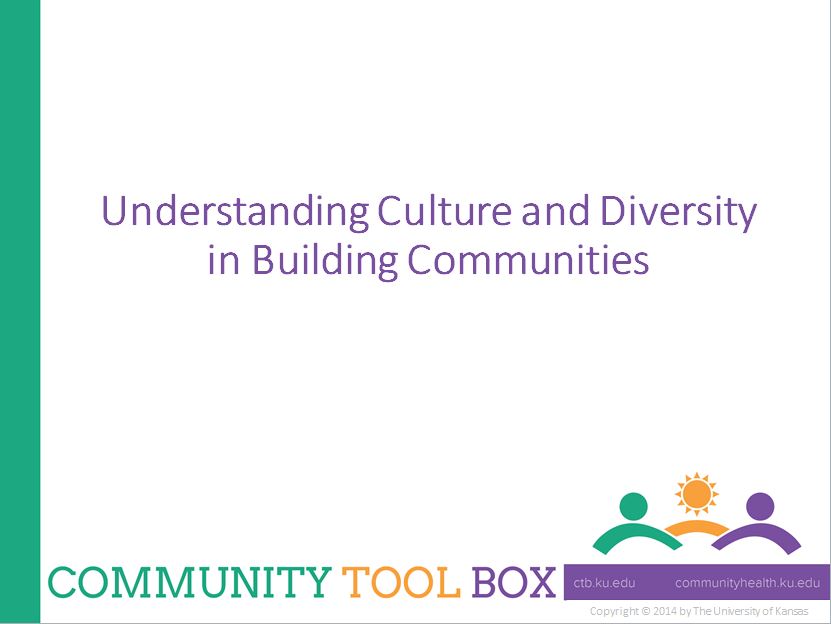
Racial Wealth Gap Learning Simulation
The simulation an interactive tool that helps people understand the connections among racial equity, hunger, poverty, and wealth. It is a good first step for people unaware of structural inequality, a support tool for those who want a deeper understanding of structural inequality, and a source of information for experts who want to know the quantifiable economic impact of each policy that has widened today’s racial hunger, income, and wealth divides.
In the simulation, participants learn how federal policies created structural inequalities—property ownership and education are just two among many areas affected—and how these policies increase hunger and poverty in communities of color. The simulation guides participants to an understanding of why racial equity is so important to ending hunger and poverty in the United States. Our hope is that participants, in becoming more aware of structural inequality, can support policies that undo and/or reduce disparities.
Since the simulation emphasizes the importance of racial equity, it can be a helpful companion tool for churches, organizations, agencies, schools, and communities that have begun working on race and want to learn more about the role that public policy has had, over time, in creating structural divides based on race.

Where I Found Role Models Who Look Just Like Me
This motivating story by a youth leader can be effective to spark conversation about engaging often overlooked constituents for leadership roles.

Building Alliances with Diverse and Marginalized Groups
This section of the University of Kansas Community Toolbox explores building alliances with diverse and marginalized groups, promoting leadership and supporting people to gain power in their community.

Understanding Culture and Diversity in Building Communities
This tool box contains information on understanding culture and diversity, how to strengthen multicultural collaboration, and build inclusive communities.
